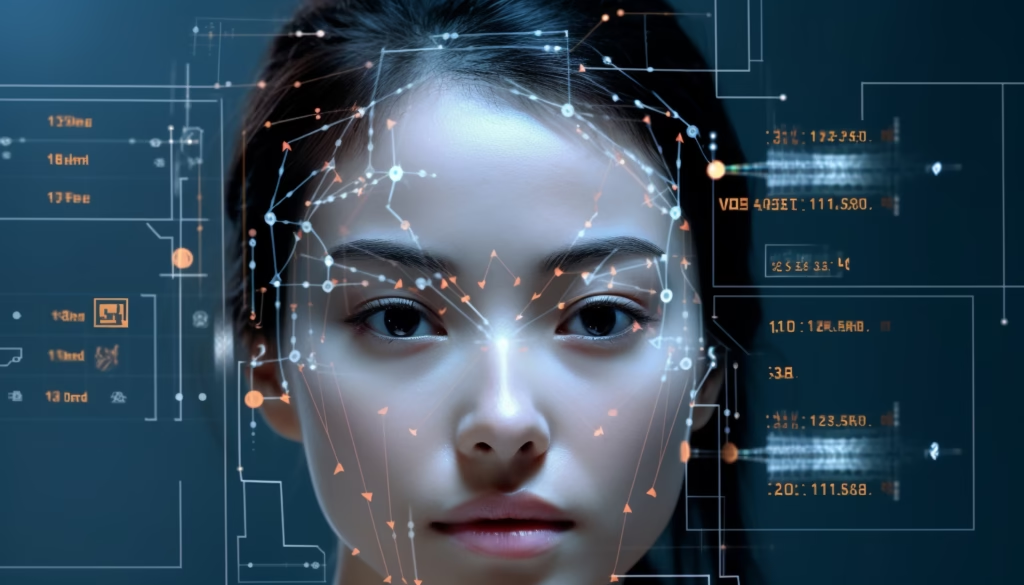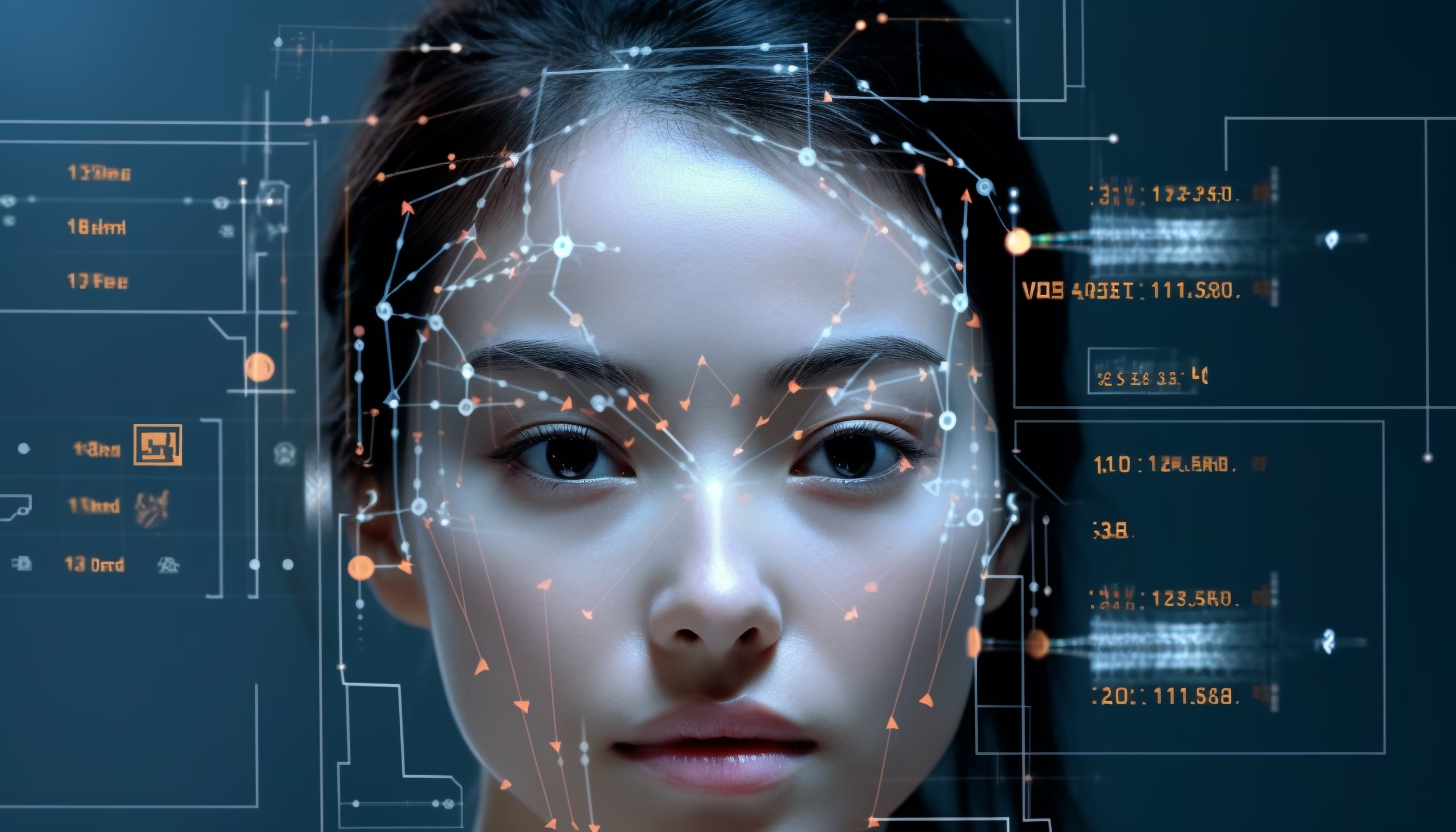By examining a person’s facial traits, Facial Recognition technology can identify or validate them. It maps distinctive facial features including the distance between eyes, nose shape, and jawline using sophisticated algorithms. This data is then compared with stored records for identification.
The concept dates back to the 1960s when Woodrow Wilson Bledsoe, the founder of modern facial recognition, developed the first manual system to identify faces using facial measurements. Although primitive, this invention laid the foundation for today’s sophisticated AI-driven face recognition systems.
The Evolution of Facial Recognition Technology
Over the decades, facial recognition technology has evolved significantly. Early systems were slow and inaccurate. However, with advancements in machine learning, the technology has become more efficient and reliable.
In the 2000s, the introduction of neural networks boosted its accuracy. Later, deep learning algorithms revolutionized the field, enabling real-time face recognition. Today, with cloud computing and edge AI, the technology is faster, smarter, and more accessible.
Applications of Recognition Systems Across Industries
Facial recognition is transforming multiple industries. In healthcare, it helps with patient identification and monitoring. It improves consumer experiences in retail by making tailored recommendations.
Although, Airports use face recognition for seamless check-ins and security. Law enforcement agencies rely on it to identify criminals. Even schools use it for attendance tracking and campus safety. The applications are vast and growing rapidly.
Security and Surveillance
One of the main components of contemporary security systems is facial recognition. It can identify threats quickly and accurately. However, Surveillance cameras equipped with facial recognition monitor public spaces, identifying individuals in real time.

Banks and financial institutions use it to prevent fraud. Biometric authentication adds an extra layer of security for online transactions. In addition, face recognition is invaluable for protecting sensitive areas like government buildings and research facilities.
The Role of AI in Advancing Recognition Systems
Artificial Intelligence has propelled facial recognition to new heights. AI-powered systems can process vast amounts of data within seconds, improving accuracy and speed.
AI enables face recognition to adapt to challenges like low light or varying facial angles. Additionally, machine learning models learn over time, becoming more accurate as they process more faces. AI ensures the technology is constantly evolving to meet modern needs.
Benefits of Facial Recognition Technology in Everyday Life
Facial recognition offers numerous benefits. For one, it enhances convenience. Unlocking smartphones or making payments is faster and more secure with facial recognition.
It also strengthens personal security by reducing the need for passwords, which can be hacked. Furthermore, it improves customer service in sectors like hospitality, where personalized experiences matter. With facial recognition, life becomes smoother and safer.
Challenges and Limitations
Despite its advantages, facial recognition faces challenges. One significant issue is accuracy in diverse environments. Variations in lighting, face expressions, and aging can affect performance.
Another major concern is privacy. Many are concerned about the collection and usage of their data. Moreover, ethical questions arise regarding surveillance and potential misuse of technology. Although, Addressing these challenges is crucial for its wider acceptance.
Facial Recognition in Smart Cities: Shaping Urban Environments
In smart cities, facial recognition is essential. It enhances public safety by identifying threats and tracking suspicious activities. Traffic management systems use it to monitor drivers and ensure road safety.
In public transport, it streamlines ticketing and improves passenger experiences. Smart city applications demonstrate how facial recognition can create safer, more efficient urban environments.
Future Trends
The future of facial recognition is promising. Advanced AI and 3D imaging are expected to improve its accuracy further. The integration of augmented reality (AR) with facial recognition may open new possibilities in entertainment and marketing.
Additionally, privacy-focused solutions like on-device processing will address ethical concerns. Innovations will continue to push the boundaries of this technology.
Facial Recognition: What Lies Ahead in AI and Biometrics?
As AI evolves, facial recognition will become even more intelligent and versatile. Biometrics, combined with face recognition, may replace traditional authentication methods altogether.
However, ethical use will remain a critical focus. Governments and organizations must establish clear regulations to ensure technology benefits everyone without compromising privacy. Facial recognition is set to shape the future of AI and biometrics in profound ways.

